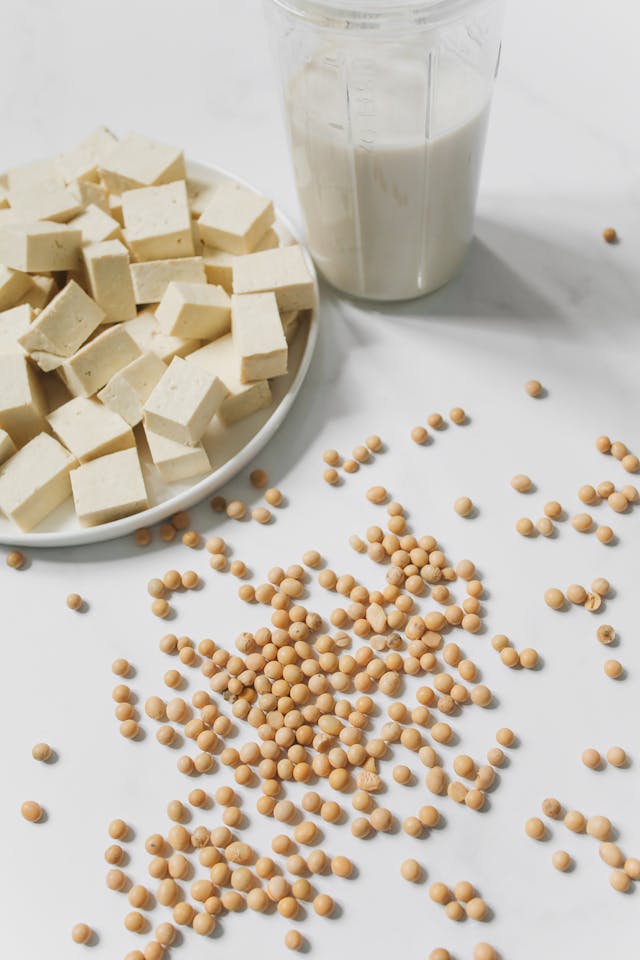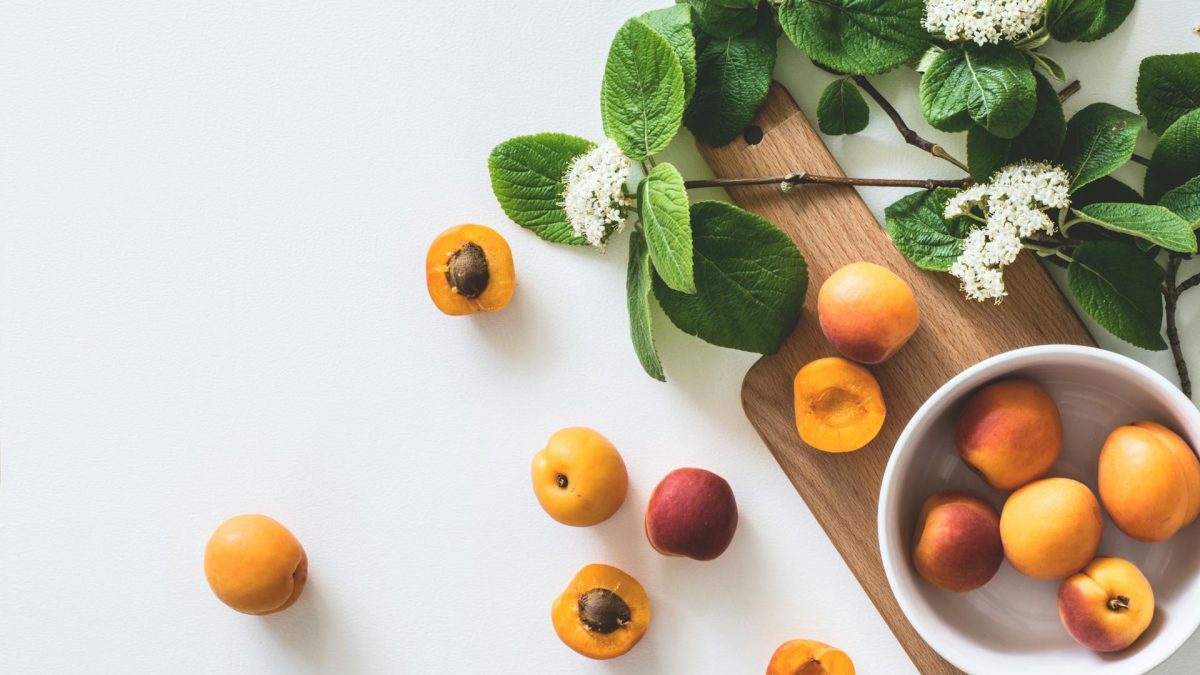Losing weight in a healthy and sustainable way requires more than just cutting calories; it involves creating a balanced eating plan that fuels the body while supporting fat loss. Here are key foods and nutritional strategies women should focus on to achieve weight loss goals while staying healthy.
1.Lean Proteins
Including protein-rich foods in your diet is essential for weight loss as they help build and maintain muscle, increase metabolism, and reduce hunger. Protein also promotes satiety, helping women avoid overeating. Some excellent sources include:
-Chicken breast andturkey (low in fat but rich in protein)
-Fish like salmon, which is also high in omega-3 fatty acids
-Eggs, particularly egg whites for those looking to minimize fat intake
-Legumes such as lentils and chickpeas, which also provide fiber.
2.Fiber-Rich Foods
Fiber is critical for weight loss because it slows digestion, promotes fullness, and aids in healthy digestion. High-fiber foods include:
-Vegetables like broccoli, spinach, and leafy greens, which are low in calories and high in vitamins
-Whole grains such as oats, quinoa, and barley, which provide sustained energy without causing spikes in blood sugar
-Fruits, especially berries, apples, and pears, which are nutrient-dense and lower in calories compared to other fruit types.
3.Healthy Fats
Contrary to what many believe, fats are not the enemy in weight loss. Healthy fats support heart health, reduce cravings, and improve nutrient absorption. The Matter is to choose the correct types:
-Avocados, which provide monounsaturated fats that promote heart health and are filling
-Nuts and seeds like almonds, chia seeds, and flaxseeds, which provide omega-3 fatty acids and fiber
-Olive oil as a healthier fat choice for cooking and salad dressings.
4.Low-Glycemic Carbohydrates
Low-glycemic index (GI) foods are digested slowly, keeping blood sugar levels steady and preventing hunger spikes. Opt for:
-Sweet potatoes over regular potatoes
-Whole-grain bread and pasta instead of refined white bread or pasta
-Brown rice andquinoa as alternatives to white rice.
5.Dairy or Dairy Alternatives
Low-fat dairy or calcium-rich plant-based alternatives are beneficial for weight loss and overall health:
-Greek yogurt (high in protein and probiotics)
-Low-fat milk oralmond milk
-Cottage cheese, which is low in calories but rich in protein.

6.Hydration with Water and Herbal Teas
Staying hydrated is vital for metabolism and can aid in appetite control. Women should aim to:
- Drink plenty ofwater throughout the day, especially before meals, as it can reduce calorie intake.
- Includeherbal teas such as green tea, which contains antioxidants and compounds that may boost fat-burning processes.
7.Portion Control and Meal Timing
While the types of foods consumed are critical,portion control andmeal timing also play crucial roles in weight loss:
- Eating smaller, frequent meals can help regulate hunger and prevent overeating.
- Ensuring that meals contain a balance of macronutrients (protein, fats, and carbs) can help with long-term satiety and energy.
8.Foods to Avoid
Certain foods should be limited or avoided when trying to lose weight:
-Sugary beverages like sodas, as they add empty calories
-Highly processed snacks such as chips, cookies, and pastries, which are high in sugars and unhealthy fats
-Refined grains like white bread and sugary cereals, which spike blood sugar and cause hunger soon after eating.
Conclusion:
Vamaindia’s suggestion, for women aiming to reduce weight, the key is to focus on nutrient-dense, whole foods that support metabolism, manage hunger, and nourish the body. A balanced approach with lean proteins, fiber, healthy fats, and low-glycemic carbs, along with proper hydration and mindful portion control, can lead to effective and sustainable weight loss. The emphasis should be on health and wellness, not just numbers on a scale, ensuring a holistic and balanced journey to a fitter, stronger body.


